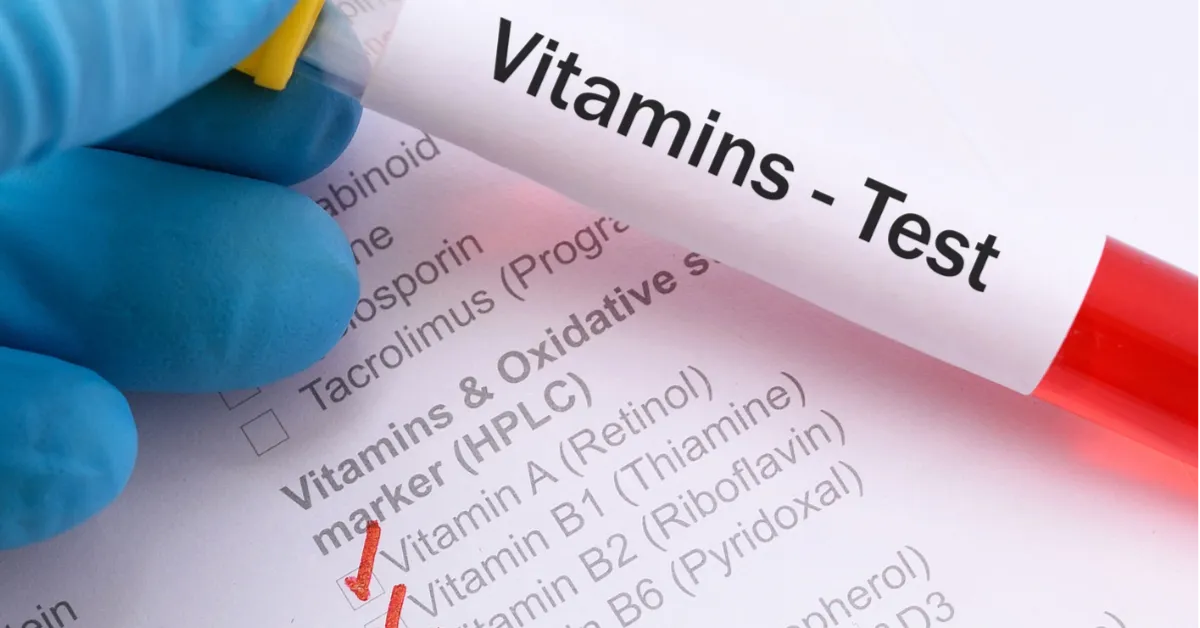AOAC 2019.05 Vitamin C and E Oxidation Testing in Fortified Drinks
The AOAC Official Method 2019.05 is a critical tool for quality managers, compliance officers, R&D engineers, and procurement specialists working within the food and feed industry. This method provides reliable testing of vitamin C (ascorbic acid) and vitamin E (alpha-tocopherol) oxidation in fortified drinks. Fortified beverages are designed to enhance nutritional value through the addition of essential vitamins. However, over time, these vitamins can degrade due to oxidation processes, which may affect product quality and shelf life.
The AOAC 2019.05 method specifically targets this issue by measuring the extent of vitamin C and E oxidation in fortified drinks using a combination of chemical analysis techniques. This ensures that manufacturers maintain high standards of quality control and compliance with international regulations such as ISO, ASTM, EN, IEC, etc.
The method involves a series of steps aimed at accurately quantifying oxidative stress indicators within the fortified drink samples. These steps include proper sample preparation, extraction procedures, derivatization if necessary, and ultimately, analysis using high-performance liquid chromatography (HPLC) or other relevant analytical techniques to determine the level of oxidation.
One of the key benefits of this method is its ability to provide precise quantification of vitamin C and E oxidation levels. This information is crucial for maintaining product consistency and ensuring that fortified drinks meet both regulatory requirements and consumer expectations regarding nutritional integrity.
| Industry Applications |
|---|
| Quality Assurance in Food Manufacturing |
| Compliance with Nutritional Regulations |
| R&D for Enhanced Nutritional Products |
| Supply Chain Management and Procurement |
| Packaging and Storage Optimization |
The AOAC 2019.05 method is widely used across various sectors within the food industry, including but not limited to beverage manufacturers, nutritional supplement producers, and food packaging companies. By implementing this method, these organizations can ensure that their products remain safe, effective, and compliant with global standards.
The precision and reliability offered by AOAC 2019.05 make it an indispensable tool for those involved in the production and distribution of fortified drinks. It helps to maintain consistent product quality while adhering to stringent regulatory requirements. This ensures that consumers receive products that are not only safe but also meet their nutritional needs effectively.
For R&D engineers, this method provides valuable insights into how different factors influence vitamin C and E oxidation rates in fortified drinks. This knowledge can be instrumental in developing new formulations or improving existing ones to optimize nutritional content while extending product shelf life.
In summary, the AOAC 2019.05 method is essential for ensuring the quality of fortified drinks by accurately measuring vitamin C and E oxidation levels. Its application supports compliance with international standards, enhances research efforts in nutrition science, and contributes to better supply chain management practices.
Scope and Methodology
The AOAC Official Method 2019.05 is designed specifically for the analysis of vitamin C (ascorbic acid) and vitamin E (alpha-tocopherol) oxidation in fortified drinks. The scope encompasses a detailed examination of the oxidative stress indicators within these beverages, focusing on how environmental conditions, storage durations, and processing methods impact the stability of vitamins.
The methodology involves several key steps to achieve accurate results:
- Sample Preparation: Properly prepared samples are crucial for obtaining reliable data. This step includes homogenizing the fortified drink to ensure uniformity before proceeding with further analysis.
- Extraction Procedures: Depending on the type of fortified drink, appropriate extraction methods may be employed to release the vitamins from their matrix into a suitable solvent.
- Derivatization (if necessary): For some analyses, derivatization is required to enhance detection sensitivity or improve separation efficiency in subsequent analytical steps.
- Analytical Techniques: The final step typically involves high-performance liquid chromatography (HPLC), gas chromatography-mass spectrometry (GC-MS), or other advanced analytical techniques tailored to the specific requirements of the analysis. These methods help quantify the oxidation products formed during storage and processing.
The precision and reliability provided by these steps ensure that the results accurately reflect the true state of vitamin C and E in fortified drinks, allowing for informed decision-making regarding product quality assurance.
Benefits
The use of AOAC Official Method 2019.05 offers numerous advantages to those involved in the production and distribution of fortified drinks:
- Precision and Reliability: The method provides consistent, accurate results, ensuring that products meet strict quality standards.
- Compliance Assurance: By adhering to this official method, manufacturers can ensure their products comply with international regulations and guidelines.
- Informed Decision-Making: Accurate measurements allow for better decision-making regarding formulation adjustments, packaging choices, and storage conditions to maximize product quality.
- Consumer Trust: Maintaining high-quality standards builds trust among consumers who rely on fortified drinks for their nutritional benefits.
- Competitive Edge: Consistently superior products can give companies a competitive edge in the market, distinguishing them from competitors offering lower quality products.
The AOAC 2019.05 method plays a pivotal role in sustaining high standards of product quality and safety within the food and feed industry. Its reliability contributes significantly to maintaining consumer confidence and satisfaction.





